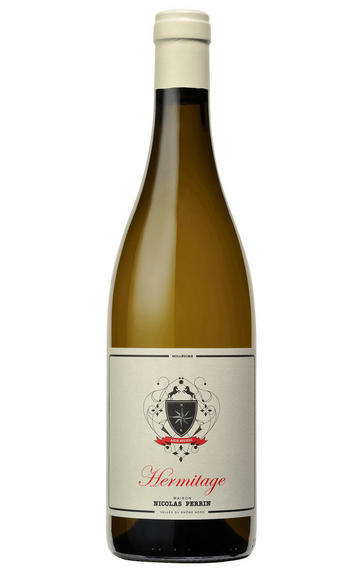
2010 Hermitage Blanc, Maison Nicolas Perrin, Rhône
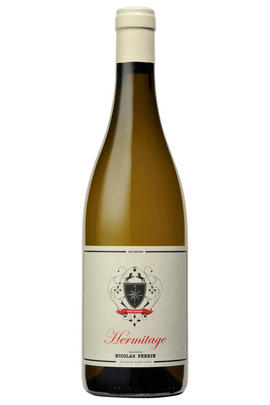
Critics reviews
Robert M. Parker, Jr. - 23/12/2011
(Robert Parker - Wine Advocate - Oct 2011)
About this WINE
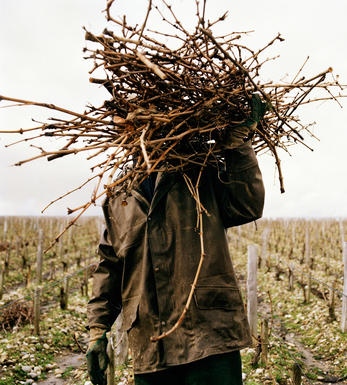
Maison Nicolas Perrin
Maison Nicolas Perrin is an exciting new venture, linguistically an amalgam of our old friend Nicolas Jaboulet and the Perrin family who, of course, own Ch. de Beaucastel, and it is therefore a venture with great potential. In essence the finest producers in the south of the valley have harnessed the expertise of one of the greatest names in the North to forge a new and dynamic range, working with some of the best growers in some of the best vineyards. Beaucastel exploits many different grapes on fundamentally the same terroir, whereas Nicolas is attempting to do the reverse with the same variety of each colour.
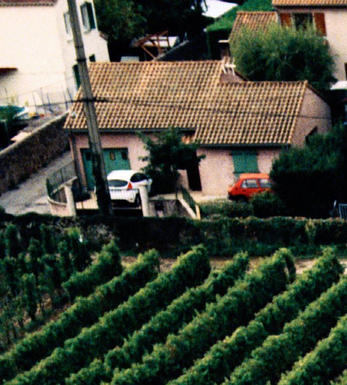
Hermitage
Hermitage is the most famous of all the northern Rhône appellations. The hill of Hermitage is situated above the town of Tain and overlooks the town of Tournon, just across the river. Hermitage has 120 hectares and produces tiny quantities of very long-lived reds.
The vines were grown in Roman times, although local folklore claims their origins to be nearly 600 years earlier. The name ‘Hermitage’ first appeared in the 16th century, derived from a legend of the 13th century Crusade, involving a wounded knight called Gaspard de Stérimberg, who made refuge on the hill, planted vines and became a hermit.
During the 17th century, Hermitage was recognised as one of the finest in Europe. In 1775, Château Lafite was blended with Hermitage and was one of the greatest wines of its day. In the late 19th century, however, Phylloxera wiped out all the vineyards.
The wines are powerful, with a deep colour and firm tannins, developing into some of the finest examples in France, with the potential to age for many decades. The best Hermitage is produced from several climats or more, blended together. The main climats are Les Bessards, Le Meal, L’Hermite, Les Greffieux and Les Diognieres. Most of the finest climats face broadly south, giving maximum sunshine. Most growers only have one or two climats and they might not complement each other; Hermitage quality can therefore vary hugely. Only the top producers have extensive diversified holdings.
80% of the wine produced is red, however up to 15% of white grapes can be used in the blend. Most growers use 100% Syrah and utilise the white grapes to make white wines only. Chapoutier, Jaboulet and Tain l'Hermitage are the principal proprietors of the appellation’s vineyards.
The white wines are made from the Marsanne and Roussanne grapes. Great white Hermitage can age, taking on the fruit characters of apricots and peaches, often giving a very nutty finish. The best examples in great vintages can last 50 years.
Mature red Hermitage can be confused with old Bordeaux. In a blind tasting of 1961 First Growth Clarets, the famous 1961 Hermitage La Chapelle was included. Most people, including its owner, Gerard Jaboulet, mistook it for Château Margaux.
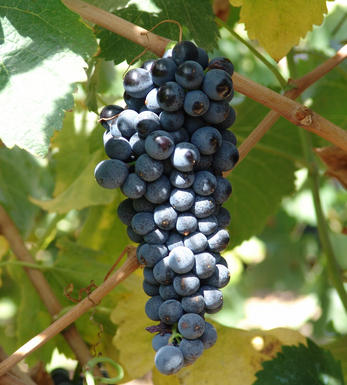
Northern Rhône blend
A Northern Rhône blend is a wine made from grapes grown in the northern part of the Rhône Valley in France. This region is known for producing some of the world’s most acclaimed and distinctive wines.
The red blends typically revolve around the Syrah (Shiraz) grape. These wines are known for their deep colour, complex aromas of dark fruits, black pepper, floral notes, and a firm tannic structure. The most famous appellations for these wines include Côte-Rôtie, Hermitage, and Cornas. Côte-Rôtie often incorporates a small percentage of Viognier, adding floral and aromatic elements to the wine.
In the Northern Rhône, Viognier is the primary white grape variety. Viognier-based wines from appellations like Condrieu are highly aromatic, with flavours of stone fruits, floral notes and sometimes a hint of spice. These wines are often full-bodied and have a luxurious texture.
A unique characteristic of some Northern Rhône red wines is the co-fermentation of Syrah and Viognier grapes. This process involves fermenting the two grape varieties, resulting in wines seamlessly integrating Viognier’s aromatic qualities with Syrah’s structure and depth.
Northern Rhône blends are celebrated for their elegance, complexity, and terroir-driven characteristics. They are considered some of the finest examples of varietal wines produced in France and are highly sought after by wine enthusiasts and collectors worldwide.


Buying options
Add to wishlist
Description
A broad, generous and expressive wine, its 30% of Roussanne adding pear skin aromatics to the more traditional Marsanne citrus and lanolin descriptors. The palate is dense, exotic and very generous and long, as indeed it should be given the provenance of the fruit, farmed on fine plots in Les Rocoules and La Maison Blanche.
Simon Field MW, BBR Buyer, February 2012
The alliance of two of the greatest houses of the Rhône, Jaboulet and Perrin, with Nicholas Jaboulet at its helm, was always a very promising one. The promise has quickly materialised and the 2010s are even better than the already excellent 2009s. The best sites and the best growers have been harnessed. As Nicolas eloquently puts it, the Perrins at Beaucastel exploit many different grapes on fundamentally the same terroir, but his goal here is to cultivate what is essential the same grape (albeit dependent on the colour of the wine) but in differing terroirs.
wine at a glance
Delivery and quality guarantee